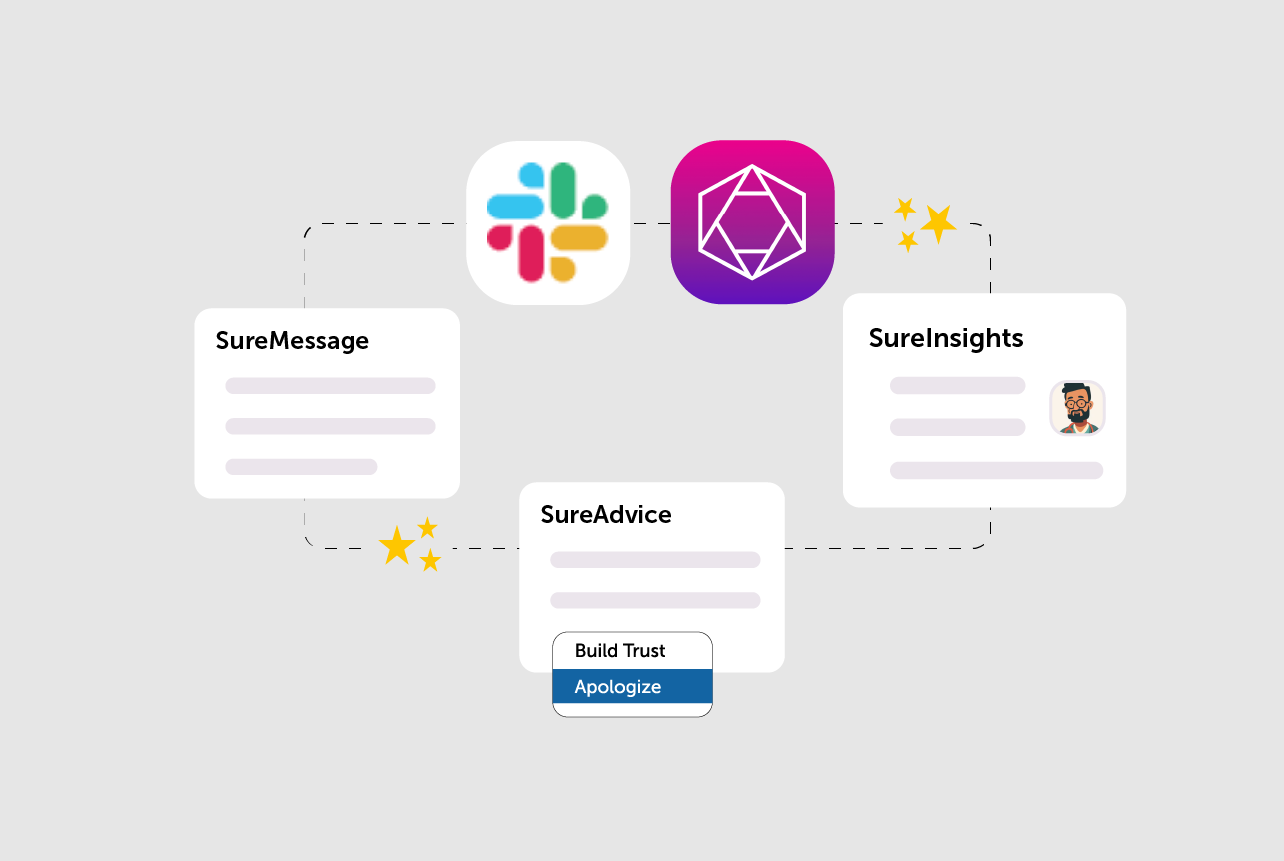At the heart of successful and productive organizations are healthy teams.
We know that teams help us achieve things that we can’t on our own. More than just the sum of its parts, teamwork has a multiplier effect. Teams aren’t about simply more individuals doing more work together to create a lump sum. We know that when we cooperate effectively, teams help us access parts of ourselves and our resources that we couldn’t on our own.
[tweet “Teams help us achieve things that we can’t on our own.”]
One critical aspect of team intelligence is goal setting as a team. Setting goals is essential to achieving anything as a team. As productive as teamwork can be, there will be nothing to show for it without setting team goals for work in the right way. Establish these objectives properly, with the right soft skills, to set your team on a course for greater success and satisfaction. Here’s how:
Step 1: Start at the end.
What do you hope to achieve? Team input here is crucial. Having a set of goals dictated to the team by one member (or a nonmember) is disempowering. Group input ensures buy-in, commitment, and common passion. It also allows a variety of perspectives about what constitutes valuable goals and objectives; it ensures fewer blind spots. Pool your team’s emotional intelligence.
Step 2: Consider your values.
As a team, ask yourselves: Do these goals match your values? How will your values influence the processes you implement to achieve these goals? For instance, while efficiency may be important in achieving goals, what corners are you not willing to cut? What potentially negative impacts (on the team, organization, community, world) do you want to avoid when proceeding toward these objectives? A diverse team is a strength in helping voice these concerns and values in a variety of ways.
Step 3: Work backwards.
What incremental steps and mediating goals are needed to get to the final objectives? All goals, from beginning to end, should be concrete and measurable. These are the building blocks in your process of setting team goals for work. Breaking them down makes them manageable and less daunting; they become actionable. As you establish these steps, keep your core values (step 2) in view. These qualify and affect the steps you lay out.
Step 4: Determine roles.
Figure out how team members fit into this process. Who will be responsible for what elements in the process? Who has which resources to mobilize to a certain sector of the team? What smaller-scale teams—partnerships and other forms of cooperation—are necessary within the team to empower each member? These “teams within the team” are often overlooked, leaving isolated individuals to complete tasks—and defeating the purpose of teamwork. Clear communication is critical in this stage, as it is throughout the entire process.
Step 5: Monitor the process.
The fifth step is to determine how to evaluate your goals and determine progress. How will you know when elements of the process have been accomplished? How will you know when you’ve reached your end objectives? How will you evaluate whether you’ve effectively delivered? Such monitoring and evaluation of the process and outcomes are critical for staying on track. Team input is also essential so that each member has investment in seeing goals rightly achieved and progress properly made. Mobilize your team emotional intelligence.
Step 6: Celebrate success and practice satisfaction.
Perfectionism and ambition can infect high-achieving teams. While this energy can certainly fuel high accomplishments, in the long run, it can erode trust and productivity if members and the team as a whole cannot be pleased with its accomplishments. Make it a point to incorporate times to reflect as a team, practice gratitude toward one another and express appreciation for steps reached. Accept that there will always be room for improvement, but learn to see the good that has been accomplished. These elements of team intelligence will catalyze teams to greater impact and effectiveness, having positive ripple effects in the organization.




